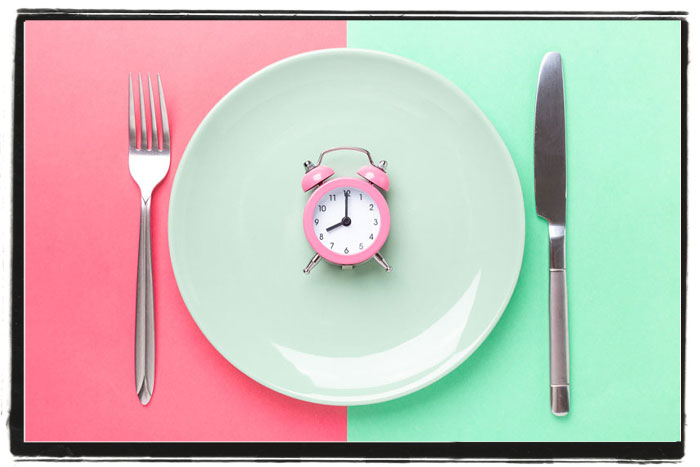
With each new year, many of us set out to make positive changes in our lives, whether by working less, eating healthier, spending more time with family, or losing a few unwanted pounds. Often, we know what to do and how we will do it. But, when it comes to weight loss, let's be honest... there are about a hundred and fifty quadrillion diets out there, and most, unfortunately, fail miserably!
One of the dieting methods we have heard a lot about recently is intermittent fasting. But here's the thing: intermittent fasting is often treacherous, painful, and feels like deprivation. But it doesn't have to be that way! It can be as easy as changing a few habits. And the really good news is that you're probably already doing some of these things anyway.
Take fasting. We all do a form of intermittent fasting every time our head hits the pillow, and we fall asleep at the end of the night. Because for the next seven to nine hours, we're not consuming food. We are fasting. According to Dr. William Li, you can increase this 'fasting' period by not eating once you've cleared the dinner dishes, say around 8 pm, and by waiting an hour or two upon waking before you grab breakfast. By making these small changes, you will have fasted for twelve to thirteen hours or more, and you can do this every single day without feeling deprived.
Want more weight loss tips? Tap the image above or follow this link: On Weight Loss

